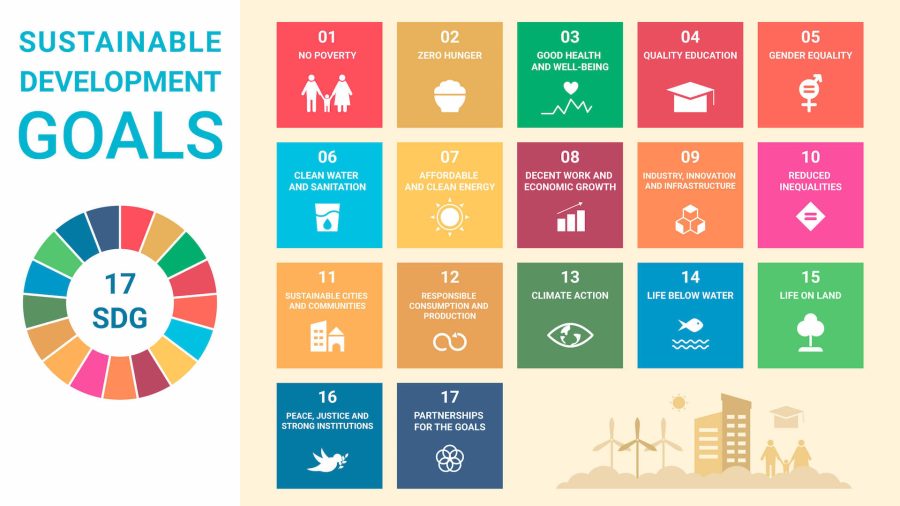Carbon credits have emerged as a vital tool in the global pursuit of sustainable development goals (SDGs), providing a pathway to combat climate change while promoting economic growth, environmental protection, and social equity. By incentivizing emissions reductions and supporting projects that contribute to sustainable development, carbon credits play a crucial role in achieving the ambitious targets set forth by the United Nations’ SDGs.
The SDGs, adopted by all United Nations Member States in 2015 as part of the 2030 Agenda for Sustainable Development, encompass 17 interconnected goals aimed at addressing the world’s most pressing challenges, including poverty, inequality, climate change, environmental degradation, and economic development. Carbon credits intersect with several of these goals, offering tangible solutions to advance progress towards a more sustainable and equitable future.
Goal 7: Affordable and Clean Energy Carbon credits support the transition to renewable energy sources by incentivizing investments in clean energy projects such as solar, wind, and hydroelectric power. By reducing greenhouse gas emissions and promoting the use of sustainable energy sources, carbon credits contribute to the achievement of Goal 7, which seeks to ensure access to affordable, reliable, sustainable, and modern energy for all.
Goal 9: Industry, Innovation, and Infrastructure Investments in carbon offset projects stimulate innovation and technological advancements in sustainable industries, infrastructure, and manufacturing processes. By promoting cleaner production methods and encouraging the adoption of eco-friendly technologies, carbon credits support Goal 9’s objective of building resilient infrastructure, promoting inclusive and sustainable industrialization, and fostering innovation.
Goal 13: Climate Action At the heart of carbon credits is their role in mitigating climate change by reducing greenhouse gas emissions and promoting carbon sequestration. Projects such as reforestation, afforestation, and sustainable agriculture not only help offset emissions but also contribute to ecosystem restoration and biodiversity conservation, aligning with the objectives of Goal 13 to take urgent action to combat climate change and its impacts.
Goal 14: Life Below Water and Goal 15: Life on Land Carbon offset projects that focus on forest conservation, biodiversity protection, and sustainable land management support the preservation of terrestrial and marine ecosystems, thereby contributing to Goals 14 and 15. By safeguarding biodiversity, restoring degraded ecosystems, and promoting sustainable land use practices, carbon credits play a vital role in preserving life below water and life on land.
Goal 1: No Poverty and Goal 8: Decent Work and Economic Growth Carbon offset projects often provide additional social and economic benefits to local communities, including job creation, income generation, and improved access to essential services. By investing in sustainable livelihoods, education, and healthcare, carbon credits contribute to poverty alleviation and economic empowerment, aligning with the objectives of Goals 1 and 8.
Goal 10: Reduced Inequalities Carbon offset projects that prioritize community engagement, gender equality, and social inclusion help address disparities and reduce inequalities within society. By empowering marginalized groups, promoting equitable access to resources, and fostering inclusive decision-making processes, carbon credits support the objectives of Goal 10 to reduce inequalities within and among countries.
In conclusion, carbon credits represent a powerful mechanism for advancing sustainable development goals by addressing climate change, promoting clean energy, fostering innovation, and supporting social and economic progress. As the world strives to achieve the ambitious targets of the SDGs, carbon credits offer a practical and effective solution to tackle global challenges while building a more sustainable and equitable future for all.





